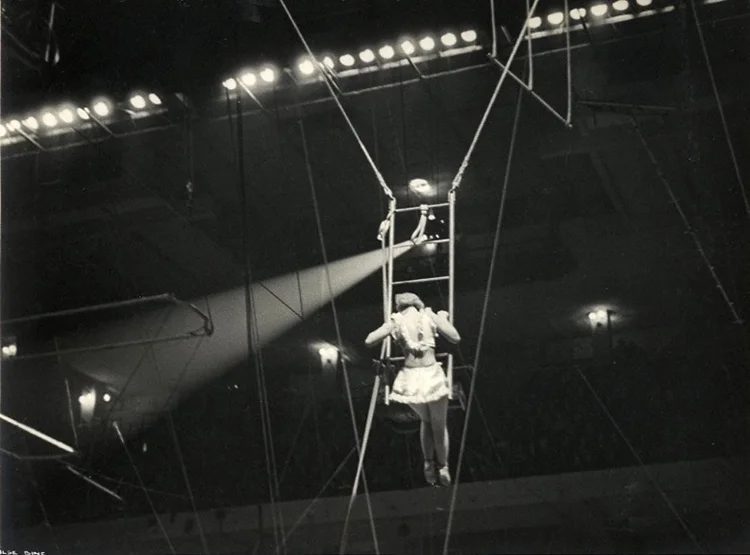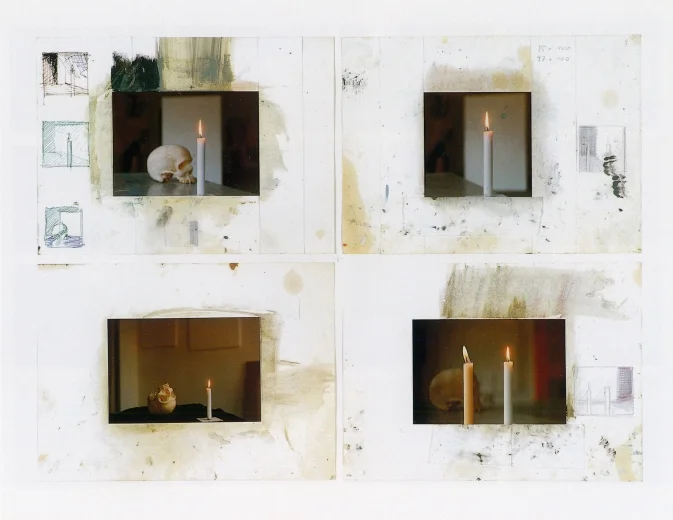TABLEAUX VIVANT SERIES
THERE WILL BE BLOOD // JAE Discursive Image Submission // 2017
ACTS OF INTERPRETATION
Everything is known, including that which is still unknown. The Paranoid-Critical Method (PCM) is both the product and the remedy against that anxiety: it promises that, through conceptual recycling, the worn, consumed contents of the world can be recharged or enriched like uranium, and that ever-new generations of false facts and fabricated evidences can be generated simply through the act of interpretation.
Delirious New York: A Retroactive Manifesto for Manhattan. Rem Koolhaas. 1978
PLANE OF NON-AGREEMENT
The Tableaux Vivant Series reflects upon the creative process and examines an alternative design methodology for the conception of spatial ideas. This pedagogical approach incorporates a series of steps that biases writing, embraces qualitative accident, and finally yields representational artifacts positioned somewhere between the written word and the physical construct. For this particular series, the beginning brought-together elements are placed into what Max Ernst referred to as his plane of non-agreement. The source material for this series, the worn consumed contents of the world, is language culled from issues of Vogue magazine that is by default a representation of contemporary culture. These fragments are then crafted into written prose with the underlying charge to challenge the perceived limitations inherent to conventional representational techniques. In many ways, this work is more closely related to the development of a screenplay where one’s ideas about what constitutes place are quickly inhabited by dripping gutters and coke bottles filled with sand. The process evolves with the translation of the prose into visual triptychs that expand upon newly discovered hallucinations and secret desires. Text is positioned on the middle panel. On the left, a diagram serves as a kind of construction manual that illustrates the organizational strategy of the prose. The right panel consists of images that draw heavily upon what the surrealist artist Salvador Dali, in describing his PCM, defined as a “spontaneous method of irrational knowledge based on the critical and systematic objectivity of the associations and interpretations of delirious phenomena.” These images are not meant to infringe upon the freedom of the reader but instead expand the potential visualization of their written prose and touch the viewer’s soul to some degree. As a new thesis begins to emerge, the project evolves into a series of drawings that continue to provide alternate readings and form the foundation of a time-based composition that incorporates sound and triggers interstitial readings. Ultimately, through this process of conceptual recycling, the worn, consumed contents of the world can be recharged or enriched like uranium.



















